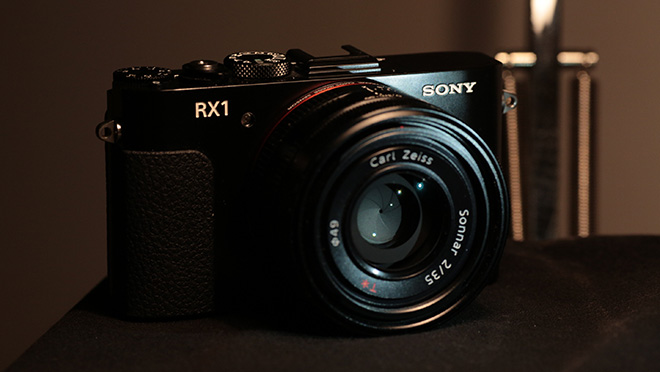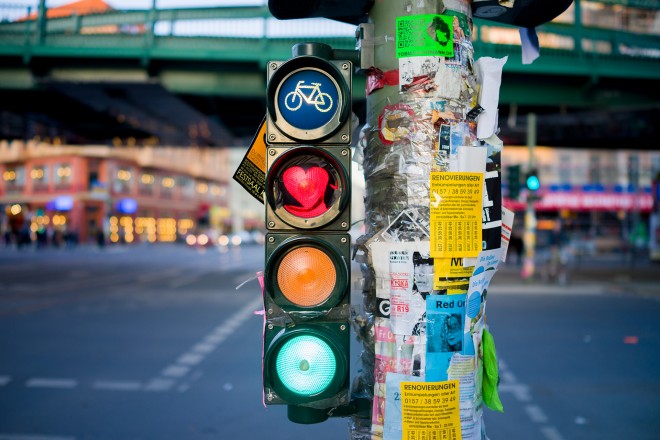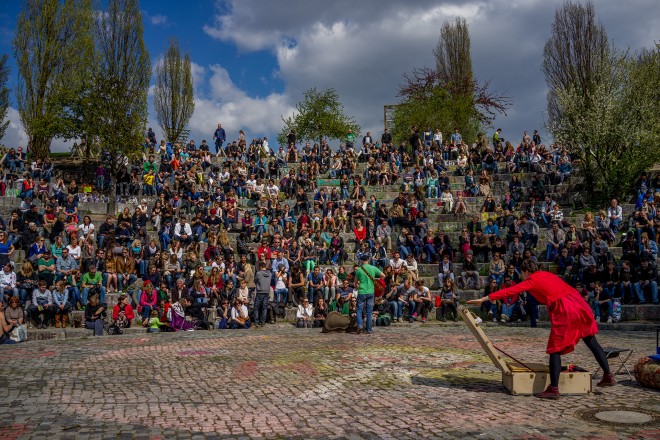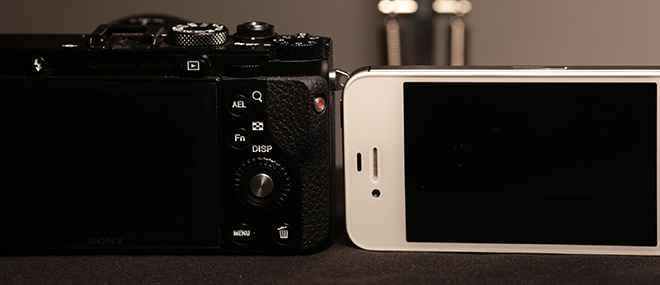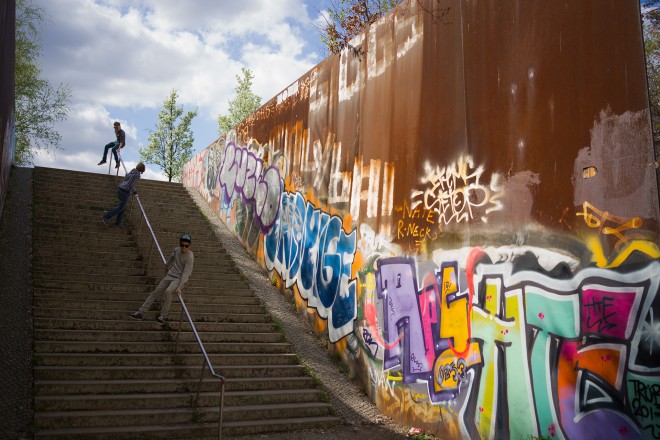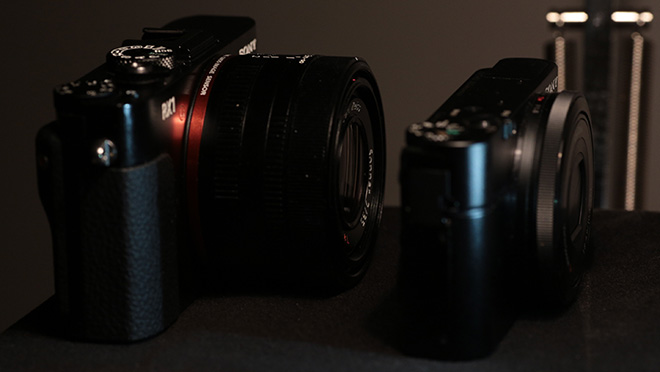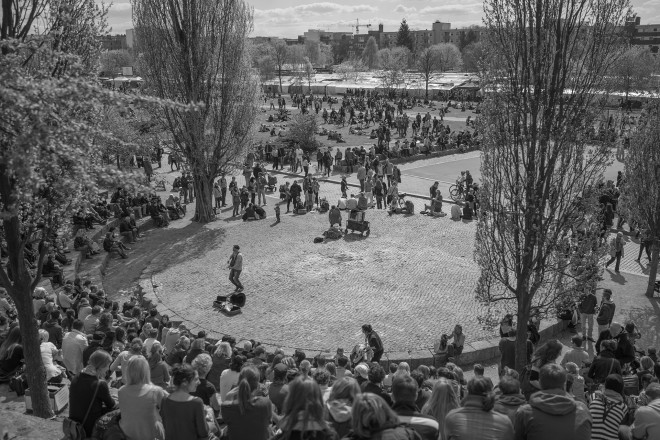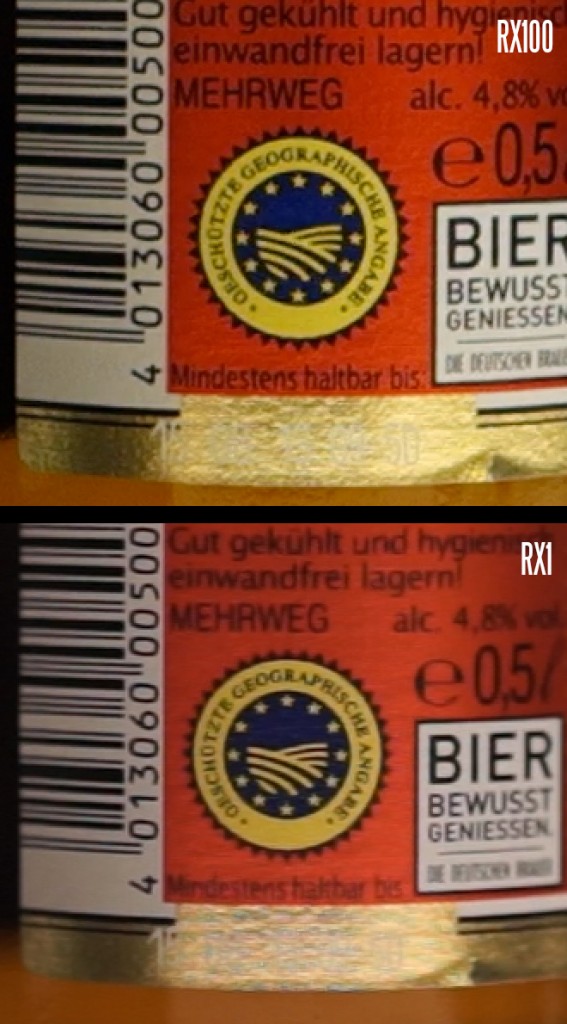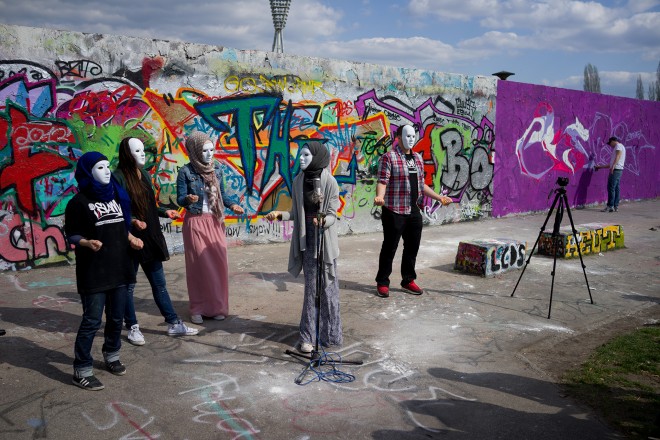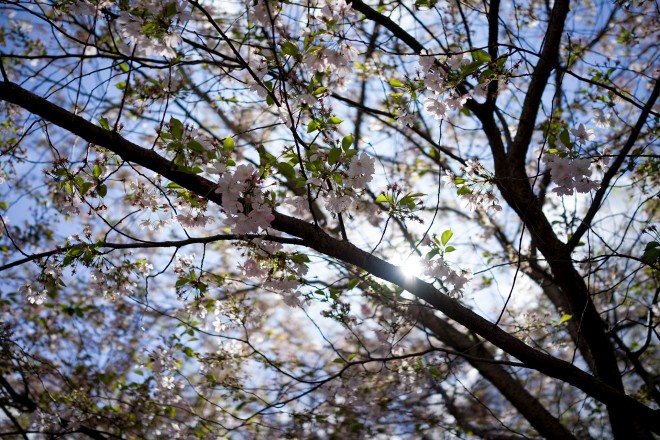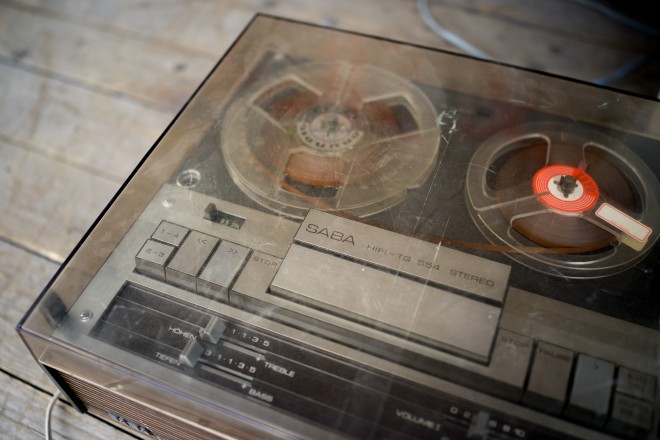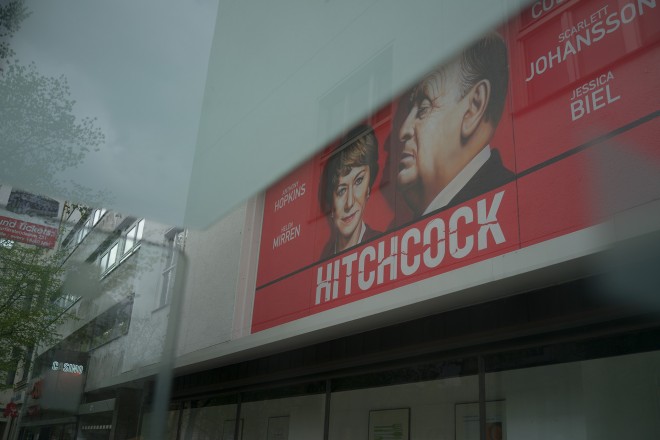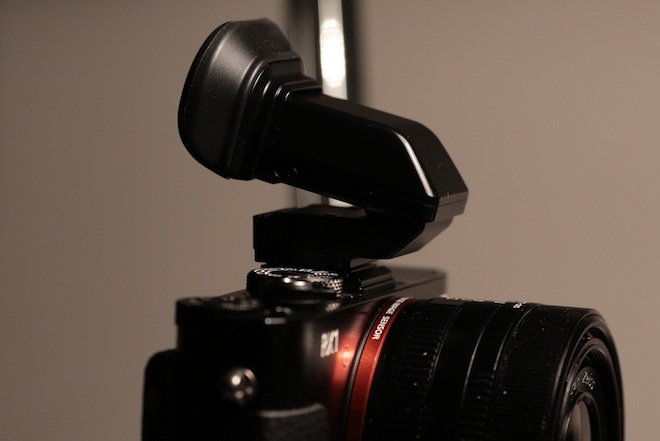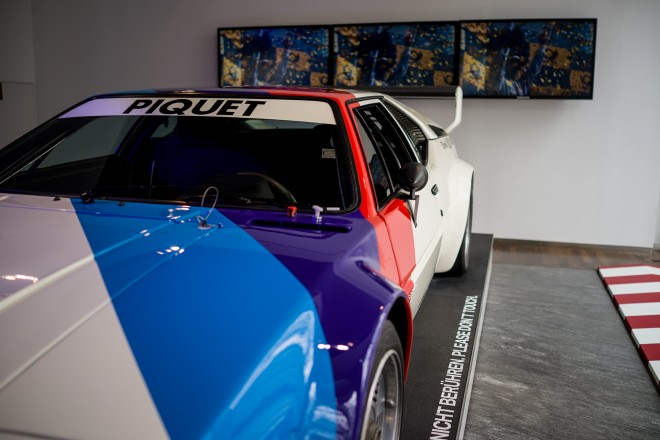Download my full resolution 6000×4000 photos from the Sony RX1
The Sony RX1 is a compact camera that beats Leica and Hasselblad for image quality.
$2800 may seem a lot for a “compact” but that is before you see the images.
The Sony RX1 truly offers image quality in the league of a Leica M Type 240 outfitted with Leica 35mm / f2.0 Summicron-M.
That kit costs $10,000.
It is hardly any bigger than the RX100 jeans pocketable compact and in some dimensions even smaller than the Canon G1 X and Fuji X100. The lens is barely any larger than the Olympus 45mm F1.8 for Micro Four Thirds yet feeds a sensor 4 times larger. It isn’t jeans pocketable like the RX100 but it is jacket pocketable. It is a miracle.
Image quality
This one is simple.
A) The Sony RX1 is a compact
B) It outscores both the Nikon D4 and Phase One IQ180 Digital Back on DXOMark.
Next consider –
The Phase One IQ180 is $44,000. It is medium format. Not only is the RX1 pocketable – it is $44,000 medium format pocketable.
Anyone still complaining about the $2800 price tag? No? OK I’ll continue…
The lens is better performing than the $1850 Zeiss Distagon T* 35mm F1.4, a flagship 35mm lens Zeiss only recently introduced.
If the base optics are superb then they become nigh on perfect when you turn on in-camera digital compensation. As the lens and body are matched, the image processor can be tailored around the optics. The RX1 has options to turn on or off correction for vignetting, distortion and chromatic aberration depending on your preferences. I turn on correction for distortion and C/A but turn off vignetting correction as I find a slight fall off of brightness at the corners very attractive wide open at F2.0. Despite the high end optical design there’s still a bit of distortion and purple fringing in the raw files but it is correctable in post.
Sony are leading the way with sensor technology at the moment. The only cameras with higher DXOMark scores all have Sony sensors. The Nikon D600 has the same sensor. The D800 has a joint Sony / Nikon 36Mp monster and the D800E the same but without an anti-aliasing filter. The RX1 also dispenses with the OLPF but unlike the D800E, it uses bespoke optics matched to the sensor.
The RX1 comfortably outscores the new Leica M Type 240 for dynamic range at a film rivaling 14.3 stops, a whole stop more than the Leica. The latitude is incredible. Some raw files I thought unsalvageable due to over exposure were brought down 3 stops in Photoshop to a normal level without any burnt highlights or banding in the roll offs. It outscores the Leica in low light, offering cleaner images at ISO 3200 to 25,600 and for colour depth. Is there anything left!?
Oh yes – the 5D Mark III is caned by the RX1 for dynamic range. At 11.7 stops the highly rated Canon sensor lags far behind the RX1 at over 14 stops. Yes you can believe your eyes – Canon are playing catch up to Sony on sensor quality. DXOMark rated the RX1 raw files better for high ISO performance and colour depth too. Again a whitewash on all key image quality metrics. A 5D Mark III with the new Canon 35mm F2.0 IS gives you less performance for significantly more money than the RX1, a compact camera.
Micro Four Thirds may strike a good balance between size and image quality, but the RX1 takes that philosophy to a completely new level.
Now you can understand my excitement!
Video
Sadly those hoping for high quality video to go with the high end stills will be disappointed by the RX1.
Just as with the Sony VG900 and A99 it’s nowhere near a match for the Canon 5D Mark III, Nikon D5200, GH2 or GH3 for image quality in video mode. It has so much aliasing and moire you can use it like focus peaking. It has a chronic lack of fine detail and comes nowhere near close to a used $500 GH2 body for video quality. The codec isn’t as clean as the one on the Nikon D5200 and uses an AVCHD wrapper in 1080p rather than the more usable Quicktime MOV. The RX1 has a MP4 mode but that is very heavily compressed at 12Mbit and 1440×1080.
Regarding the HDMI output there’s been a lot of misinformation about this, leaving many confused. The RX1 lacks the uncompressed HDMI output of the A99. It doesn’t even have a full screen image via HDMI nor is it clean (free of graphics and text). It is windowed with huge black borders in all display modes other than playback mode.
This is all very strange considering Sony’s progress with video on the NEX cameras a full 2 years ago. Those were the first of the mirrorless and DSLR cameras to give us 1080/60p – but the video quality of the RX1 is a step backwards from the NEX 5N and NEX 7.
The $600 sister camera RX100 also has a nicer image in video mode with more fine detail and less aliasing than the $2800 RX1.
Since this full frame sensor also went into the Sony VG900, a dedicated high end video camera, you’d have thought they’d have optimised the sensor for video a bit and got rid of the issues.
I also have noticed a bug there the last 50 or so lines in AVCHD 1080p mode were blurred (see below).
Although the RX1 has 1080/60p, cinema 24p and has full manual control – everything the big A99 has – I’d rather Sony had just taken it off altogether. It’s a total embarrassment.
Form factor
This camera motivates me to shoot and experiment. “Bag me”, it says. It goes everywhere with you.
Have a look at the usual DSLRs lined up in glass cabinets at the shops – it seems no matter who makes them, they’re broadly homogenous. Not the RX1. This finally breaks the “serious camera” mould, not just in terms of the design and specification of the camera, but in terms of how you use it and the look of the stills.
You cannot get the RX1’s lens on a DSLR. It is seated just a fraction from the sensor rather than adhering to the long 44.5mm flange of a Sony Alpha body. That they were able to get such good corner sharpness with such a short flange is amazing. The lens has a total of THREE Aspherical elements, one of them a new type of Advanced Aspherical. The character of this lens only comes with the matched sensor and body of the RX1 and that character is unique.
All other large sensor compacts on the market such as the Nikon Coolpix A, Fuji X100S and Sony RX100 have comparatively small sensors compared to the full frame RX1. Even APS-C is significantly smaller. Only a large full frame beast such as the Canon 5D Mark III, Sony A99 or Nikon D800, with a very high end 35mm prime, would give you a similar feel to images as the RX1 – but there are even more differences than just spec. The larger cameras almost always wind up being used differently due to their form factor. In terms of stealth factor for street photography for example people can react differently to a larger camera, as it is more easily noticed. With the RX1 they very rarely break the spell by looking directly at the lens. As a result the photos are more natural, more often.
Full frame
Full frame for me is not about extreme shallow depth of field, but about having a more pervasive separation of depth. I don’t always want to have an object off the focus plain, or a background, completely creamed out and unrecognisable but I do want there to be enough separation between points of interest in the image – that subtle blur of objects not directly on the focus plane even if the focus point is quite far from the camera gives a more 3D look to the photo.
With crop sensors at wide angle (even at fast apertures) parts of the scene further away blend sharply into the background, rather than being marked out.
Of course on Micro Four Thirds and APS-C to mitigate this lack of 3D depth you can shoot at longer focal lengths or focus closer but that changes your composition completely. Inspired by Tarantino and Kubrick I’ve always preferred wider focal lengths and full frame gives an unparalleled look to a 35mm F2.0. The 3D look on APS-C is just never quite as pervasive as it is with full frame and the RX1 with the Zeiss 35mm F2 gives you the characterful look of a Voigtlander Nokton 25mm F0.95 on Micro Four Thirds twice as often than the Nokton itself when used on a camera like the OM-D.
Fixed lens
I find I get the best creative results with a prime. It makes me concentrate and focus on the image not the choice of lens. Really you get two focal lengths with the RX1 – one at the time of shooting and one in post. It is 35mm full frame and 50mm (equiv.) APS-C when cropped 1.5x in Photoshop. Resolution is so high and detail so crisply rendered at 1:1 that cropping to a narrower focal length is perfectly doable and to have a zoom in post is very useful. 35mm and 50mm are very versatile focal lengths and I rarely use lenses longer than 135mm for my stills work. I still have my DSLR when I want to use the beautiful Canon 135mm F2.0, or a modded lens like the Flare Factory 58 or a tilt shift.
Focus
I wouldn’t rate the AF system on the RX1 as terrible, but it is certainly a weak area along with video.
So many cameras lack a good manual focus assist or fast AF or both that I assume some companies must think focus is secondary to stitch panorama. Exposure and focus should be priorities on every camera bar none. Simple as that.
AF on the RX1 is much better than the X Pro 1 and X100, but it is nowhere near as fast to lock on as the GH3, OM-D E-M5 or Nikon V2, nor as silent. AF on the RX1 has a more mechanical feel, you can feel and hear the whirring motor drive. Considering Sony have faster and more discrete AF on their NEX cameras and lenses you’d have thought the RX1 would be at least as good, but it actually slower! I do however find it more accurate, which is essential for such a large sensor and F2.0, so maybe there’s a reason for the focus system being designed the way it is.
Whilst I find it extremely accurate in good light and acceptably quick for most kinds of work (whereas the X Pro 1 was unacceptably slow), it is pretty bad when shooting sports or in low light, bordering on unusable. The RX1’s mediocre AF system has also got stick from one of the main targets of the camera, street shooters and they have a point but one of the greatest of all time Henri Cartier-Bresson never needed it – really this depends what style of street photography or photojournalism you’re doing. If you’re going to point and hope, the AF will let you down. If you’re going to lie in wait, think ahead to what will happen then the AF will work just fine as long as the scene is not moving very busily and unpredictably.
Fly by wire manual focus on the RX1 is not the disaster it is on some other cameras like the X100 (though the X100S improves the feel). The manual focus ring is responsive and you can rack quickly and precisely like you can on a manual lens from the 70’s. That’s progress!
I recommend turning off the automatic manual focus assist and instead assigning this to one of the two function buttons when you want to use it. The live view feed has so much moire and aliasing it acts like peaking is enabled which is just as well since the peaking function of the camera bafflingly only works when in magnified focus assist! On the RX1’s little brother the RX100 and ALL OTHER CAMERAS peaking works as it is meant to work.
Electronic viewfinder
The attachment OLED-EVF is a very useful add-on but a mixed bag performance wise.
Electronically it is very good with a nice high resolution OLED display. Great colour and contrast. It seems to be identical in performance to the OLED in the NEX 7 and the TruFinder attachment for the NEX 5N. It is slightly higher priced than that but has a metal housing and can be angled up or down.
I generally enjoy using it but it has one major issue and one smaller quirk.
The optics are poor, with a lot of smearing when your eye is not directly straight with the viewfinder. Your eye needs to be so straight to avoid the soft edges that most of the time you find yourself concentrating more on getting your eye straight than on actually composing a shot. The optics should have been made larger to compensate for the edge smearing issue, but the compact size of the EVF meant Sony didn’t do this.
Now the quirks – the diopter on the side of the EVF can easily be changed by accident, the proximity sensor does not allow automatic switching on eye contact between the camera LCD / EVF and the EVF has no securing screw like the one for the NEX 5N. This is both a blessing and a curse. It means the RX1 features a ‘normal’ hotshoe not a proprietary attachment like the NEX 5N and NEX 7, whilst maintaining the smart electronic functionality.
With the superb OLED EVF attached you can focus manually very quickly whilst composing the full frame without needing to use any focus assists thanks to the terrible moire in the live view video stream 🙂
Build quality
If not Leica standard the RX1 is exemplary for a compact camera aside from two areas. Although the lens is solid and feels excellent, the focus ring is plastic. The only plastic part on the entire lens aside from the Zeiss badge is the most important part of the lens. That makes little sense.
The battery / card door is plastic and again that seems a shame given that the entire body is a sleek carved block of alloy cold to the touch – even the lens cap is metal!
The flash has an all alloy construction and intelligent design, so no expense spared there unlike on a lot of other compacts with their pop up plastic stalks.
Puzzling stuff
There’s a few things lacking which are on the much cheaper NEX and Alpha cameras and rival mirrorless cameras. A few quirky things.
I’ve already mentioned the slower AF than NEX cameras, well there’s also no in-body stabilisation like on Alpha cameras. Sony owns all this technology, why isn’t it on their $2800 RX1? The lens lacks the optical image stabilisation of OSS NEX lenses and the articulated screen mechanism from the equally thin NEX 5R body is missing altogether. Still an underrated feature. Unlike the Fuji X100S the camera lacks a built in ND filter despite rather needing one with such a fast lens and a leaf shutter maxing out at 1/2000 when shooting at faster apertures than F4. The battery is the same as the one in the tiny RX100, with this camera packing a full frame sensor you’d think they’d have put a bigger battery in there to match. Size shouldn’t be the problem here as the tiny Nikon V1 has a smaller body but packs in the battery from the Nikon D800!
OK so maybe not quirks but major flaws but the images are just so good and the camera just so nice to use, that complaining about these quirks is a lot like abandoning a Ferrari 458 Spider because there’s a scratch on the passenger door.
Yes Sony should work on these areas for future models and some of them I don’t see an excuse for. Stuff like the lack of built in ND filter – probably no room between the lens and sensor and hard to get the quality, are forgivable. Other things like peaking not working over the full image is however a bit less justifiable and should be looked at in a firmware update as should video quality which needs to be drastically improved (or rather fixed – I consider it broken).
Conclusion
Aside from the disappointing video quality, the RX1 is a gem. I’ve been looking for a stealthy street camera with that Henri Cartier Bresson magic for a long time and now I finally have it, without resorting to the expense of a Leica system.
I had hoped the Fuji X Pro 1 would be that camera, but the cripplingly slow AF, terrible manual focus feel and chunky body resulted in it going on eBay. Nor does that camera have the full frame look of the RX1 and outright image quality.
I’ve lost count at the number of times I’ve picked up my iPhone as a camera due to convenience and the fact you have it with you, and shared a photo taken with it. Well it is time that stopped. From now on I’m carrying my RX1 around. If it had a phone on the back, it’d be even better!
I’m kidding but the point still stands. You’re more likely to pick the RX1 and shoot stills with it than a 5D Mark III. As for crop sensor cameras, every time I used one for stills in the back of my mind something bothered me – that temptation to lug my full frame camera around purely because the quality was unmatched. Now not only does the RX1 match the look of the 5D Mark III it betters it. The RX1 gives you an image quality reason for using it not just a convenience factor or size advantage. Imagine no longer having to carry a bulky DSLR and set of primes, let alone a huge medium format camera, tripod and lens onto a fashion shoot.
Medium format quality in a compact camera? It had to happen some day I suppose.
Hurray for technology!
Pros
- It gets the important stuff so incredibly right
- Leica M image in a compact
- Over 14 stops dynamic range
- 24MP sensor has even higher resolution in reality thanks to lack of OLPF filter D800E style
- Superb low light performance
- Zeiss lens easily worth almost a third of the cost of the camera
- Rich colour
- Superb JPEG engine
- Solid build quality and excellent handling on the most part
- Versatile choice of focal length
- Incredibly small for a full frame camera and currently unique on the market with no rivals
- Almost completely silent leaf shutter
- Stealth factor very attractive for pros and photojournalists – discretely small, dark, silent and not intimidating
- Characterful images feel unique to the RX1, especially when shooting wide open at F2
- Attractive design gets admiring glances
- High quality LCD and useful brightness setting for sunlight visibility
- Attachment EVF has good resolution and contrast (though poor optics)
- Accurate AF system (though not that fast)
- Convenient USB charging (though no separate charger in the box for your $2800)
- Useful auto-ISO in M mode allows exposure compensation dial functionality even with full control over shutter and aperture
- Snappy menus and responsive controls
- Capable built in flash
- Actually useful scene modes! Handheld Twilight produces genuinely better JPEGS in low light, Sweep Panorama mode is class leading
Cons
- Heavy line skipping in 1080p, worse video quality than the little $600 RX100 (simply unacceptable aliasing and moire, very electronic feel to video)
- All manual focus assists disabled in video mode (no magnification and no peaking)
- Peaking only works whilst zoomed in, defying the whole point of having peaking function
- No uncompressed or clean HDMI output
- No optical or in-body image stabilisation and electronic SteadyShot for video heavily crops the image (down to APS-C!)
- Live view quality in P,S,A,M stills modes lower than in movie mode
- Purple fringing sometimes quite evident wide open at F2.0
- Poor battery life well short of peers (notably Nikon V1, GH3, OM-D E-M5 or a DSLR)
- No built in EVF and add on has issues – poor viewing angles, smearing, cannot switch between main screen and EVF with proximity sensor, no hot-shoe securing mechanism
- AF not up to standard set by Micro Four Thirds cameras or Nikon 1 series especially in low light and video mode
- No articulated screen makes tripod work uncomfortable
- Maximum 1/2000 shutter speed at fast apertures (due to leaf shutter) makes shooting at F2.0 in daylight marginal without ND
- No built in ND filter like Fuji X100S
- SD card slot placement not optimal (in battery compartment rather than side)
- Focus ring is plastic and doesn’t feel quite as solid as the rest of the camera
- Confusing and unnecessary separation of stills and videos in playback mode



